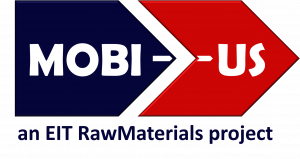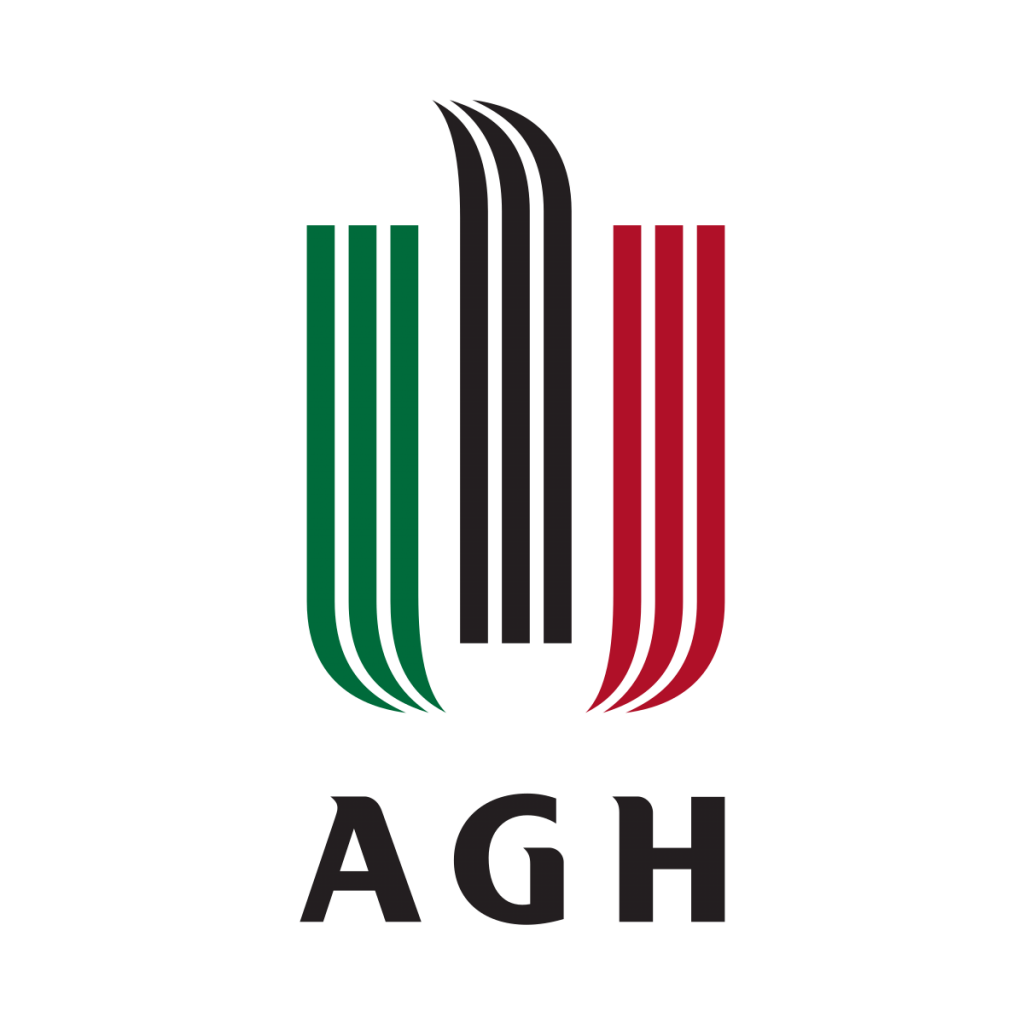
Pathway 13


MINING ENGINEERING
Pathway 13 is the reversal of Pathway 12. In this case students from the Mining engineering, MSc of the AGH can use the mobility window to spend their second (winter) semester in Zagreb. The driving interest in this joint programme from the side of the sending partner is the improvement of the Mining Engineering MSc by including geotechnical courses and issues connected with sustainable development.
CONTACT
Prof. dr. sc. Biljana Kovačević-Zelić:

1st - summer [ECTS]
Rudiments of mining [4]
Economic geology [4]
Selected problems of surface mining [4]
Physical properties of rock and soils [2]
Drilling [2]
Selected problems of underground construction [2]
Information technology in mining [2]
Mining CAD [3]
Corporate social responsibility [3]
Advanced statistics [2]
Elective modules block [2]
[30]

3rd - summer [ECTS]
Mine fire [2]
Selected problems of mine planning and economics [2]
Diploma seminar [2]
Elective modules block (2 courses to be selected) [2]
Solution mining in salt deposits [2]
Selected problems of environmental protection [2]
Mine environmental engineering [2]
Hazards monitoring in underground mine [2]
Hydraulics of water wells [2]
Geostatistics [2]
Databases in environmental monitoring [2]
MSc Thesis [20]
[30]

Course descriptions of the mobility semester
- Aim: Getting to know the basic characteristics of rocks, procedures of laboratory and field test methods, rock mass classifications, estimation of rock mass strength and deformability, understanding of rock mass state and behaviour at different conditions in rock engineering.
- Outcomes:
1. Define and explain the basic physical and mechanical properties of intact rock material.
2. Apply the most common methods of laboratory testing to determine the basic physical and mechanical properties of intact rock material.
3. Analyse the data of discontinuity features of the basic structural domain.
4. Apply the classifications of rock masses.
5. Define and explain the geomechanical characteristics of rock masses.
6. Explain the basic principles of research and in situ testing methods in the rocks.
7. Assess the basic types of instability and rock mass failure forms on surface and underground structures.
- Aim: The aim is to familiarize students with methods of making horizontal, inclined and vertical underground chambers.
- Outcomes:
-To know the types and features of underground chambers,
-Understand the properties of the working environment essential for the application of the construction method of underground chambers,
-To know the construction methods for certain types of underground chambers,
-Know how to use the underground chamber excavation method.
- Aim: Introduction to various techniques of soil and rock improvement, application of ground improvement techniques in the design and construction of various facilities in mining, geotechnical, hydrotechnical engineering and environmental protection.
- Requirements: Background knowledge of rock and soil mechanics.
- Outcomes:
– List and explain principles of various methods of soil and rock improvement.
– Plan laboratory and site investigations for the application of different ground improvement techniques.
– Describe different methods of soil improvement: compaction, vibro-replacement, drainage, grouting, reinforcement.
– Describe rock improvement methods by grouting, anchoring and supporting.
– Predict and apply soil and rock improvement techniques in mining, geotechnical and hydrotechnical facilities.
– Define and plan monitoring program for different improvement methods.
- Aim: Major goals of this course are:
– Design, execution and supervision of blasting works during excavation and exploitation of mineral raw materials, construction of infrastructural facilities: roads, construction pits, hydropower facilities, underground chambers and tunnels, and other structures.
– Design, execution and supervision of special blasting works such as demolition and underwater blasting. - Outcomes: Students will be able to:
– Define Blasting Technologies
– Describe the legislation in the field of explosive substances and Mining
– Explain the impact of detonation of explosives to the environment-rock, water, Air
– Choose and calculate the blasting parameters of certain blasting types
– Recommend Blasting method
– Plan and organize blasting works
– Predict the impact of blasting on the environment
– Choose the technique and blasting parameters with respect to rock mass, efficiency and blasting costs
- Aim: The aim of the course is to introduce students with theoretical basics, apparatus and procedures used in the beneficiation of solid mineral raw materials. Students adopt theoretical knowledge of the beneficiation process, and of the apparatus and procedures used in it.
- Requirements: Passed Examination of the Mineral Processing 1 course.
- Outcomes:
– analysis and interpretation of data collected by field and laboratory research, and determination of the quality of mineral raw materials,
– detailed knowledge of surface and underground exploitation of mineral resources,
– knowledge of the beneficiation technology of coal, nonmetallic mineral raw materials and metal ore,
– knowledge and skills that enable the harmonization of mining activities with environmental protection.
After completing the course, students will be able to:
– Identify products and systematize procedures in mineral processing,
– Identify the mineral properties important for separation and, accordingly, propose an appropriate separation method,
– graphically showed the technological process of the beneficiation,
– calculate the technological indicators in mineral processing,
– evaluate beneficiation procedures based on technical indicators in mineral processing,
– draw, describe and explain the operating principle of devices used in concentration (separation or beneficiation) of mineral raw materials,
– make diagrams that result from laboratory testing of the mineral raw material concentration process,
– analyze the results obtained by laboratory tests of concentrations of mineral raw materials, and to interpret their meaning.
- Aim:
– Learn EU/national legislative framework of environmental management.
– Familiarize with the procedures for environmental permitting of the mining projects and industrial plants.
– Apply mandatory and voluntary instruments of the environmental management. - Outcomes:
– Define environmental management (Level 1).
– Describe the legislation relevant to environmental management (level 2).
– Explain the procedure for environmental permitting of mining projects and industrial plants (level 2).
– Choose the environmental indicators and relevant legislative act (maximum immision and maximum allowed concentration) with respect to the environmental compartment and type of pollution (Level 3).
– Assess the site-specific pollution possibility (Level 4).
– Develop a site characterization model showing existing levels of pollution and possible future pollution sources for a given area of land, depending on the site history and current use (Level 5).
– Plan and organize the sampling (Level 5).
– Define main elements and types of the life cycle assessment (Level 1).
– Create simple life cycle assessment (Level 3).
– Apply relevant Green public procurement criteria, environmental impacts, and green alternatives using official EU web-sources.
- Aim: Adoption of basic concepts from the area of probability and their application in building models for statistical analysis. Getting acquainted with basic statistical methods and acquiring skills for their application in technology and natural sciences.
- Requirements:
Conditions: none.
Competences: basic calculus (function derivative, integral, limit). - Expected outcomes: Use basic knowledge in the field of technical and natural sciences. Solve medium complex problems in geological engineering and geology, as well as in other areas which use the results of research in geological engineering and geology and apply them. Select and apply the appropriate analytical methods and procedures and equipment required in laboratory and field research. Use current information technologies to collect and process data collected through new research or from existing literature, databases and other sources of information. Analyse the chemical and morphological composition of the rock. Understand the impact of petroleum – mining works on the environment. Supervise the work and operation of oil and gas production, equipping, production, transport and storage systems. Understand the geological processes, rock formation and mineral raw materials deposits formation, engineering geo-geological and hydrogeological relationships, soil mechanics and rocks, and of mineral and chemical composition of rock. Planning, conducting and controlling mining and geophysical investigations for the purpose of establishing reserves of solid mineral raw materials and conducting engineering works in soil and rock. Analysis and interpretation of data collected by field and laboratory research, and determination of quality of mineral raw materials. Application of analytical and numerical methods in the assessment of the state and behavior of geological materials during engineering works and construction of various geotechnical objects in soil and rocks. Planning and implementation of geotechnical and geophysical investigations and their monitoring for the purpose of carrying out engineering works in soil and rock and establishing reserves of solid mineral raw materials. Analysis and interpretation of field and laboratory research results. Understanding the complex physical-chemical relations in the air, water, soil, multiphase fluid flow through the soil / rock, geochemical and mineral relations in the soil and rock, and the ability to identify, quantify and solve the associated problems. Modeling and numerical calculations of environmental pollution spreads.
After passing the exam, students will be able to:
– define the concept of a random event and basic operations with events;
– apply basic combinatorial terms (variations, permutations, combinations), the complete probability formula and the Bayesian formula when calculating probabilities of events;
– explain the concept of discrete and continuous random variable and calculate their parameters (mathematical expectation, variance, standard deviation);
– define binomial, Poisson and normal distribution and apply them in calculating probabilities of events;
– graphically display statistical data and calculate the basic characteristics of the data set (arithmetic mean, variance, standard deviation);
– perform a point and an interval estimate of an expectation and variance of a random variable;
– test a statistical hypothesis with a properly selected statistical test (F-test, t-test, chi-square test);
– apply a linear regression model when examining the dependence of the two characteristics of the observed phenomenon;
– correctly interpret the results of statistical methods;
– apply programming language R in solving statistical problems.
- Aims: Understanding the basic concepts, basic laws and principles relating to the measurement techniques. Use of basic and advanced statistical tools to analyze the measurement results. Calculating measurement errors of indirect measurements. Use signal properties for the purpose of performing quality measurements. Getting acquainted with the properties and limitations of measuring transducers (sensors). Calculation of the measurement uncertainty of the result.
- Expected outcomes: Know how to calculate the statistical parameters of measurement results, calculate the error of measurements. Analyze measurement system properties and evaluate the errors and the scale of their impact on the measurement result. Calculate the measurement uncertainty of simple measurement procedures.
- Aims: Introduction to surface geophysical research with practical application of methods in defining geological structure and terrain composition.
- Requirements: Basic courses in physics.
- Expected outcomes:
Students will be able to:
1. Demonstrate understanding of theoretical principles that are base for geophysical methods.
2. Define research methodology and data to be used.
3. Process and analyze collected geophysical data (electric, seismic and magnetic).
4. Apply appropriate modelling methodology.
5. Infer physical properties of the underground by surface geophysical methods.

